Explain The Principle Of Working Of Hall Effect Sensor
The working principle of Hall Effect Sensor is based on the Hall Effect phenomenon discovered by Edwin Hall in 1879. It states that when a magnetic field is applied perpendicular to the flow of electric current in a conductor, a voltage difference is produced across the sides of the conductor. This voltage difference, known as the Hall Voltage, is directly proportional to the magnetic field strength. A Hall Effect Sensor utilizes this principle to detect and measure magnetic fields accurately.
Hall Effect Sensor Uses and Applications
The applications for Hall Effect Sensors are vast and diverse. One of the primary applications lies in current measurement. By integrating a Hall Effect Sensor into a circuit, it becomes possible to measure current flow without interrupting the circuit itself. This non-intrusive current measurement is particularly useful in industries such as power distribution, renewable energy systems, automotive, and robotics. Moreover, Hall Effect Sensors find utility in speed and position sensing, proximity detection, and motor control.
The AHKC Series Hall Effect Sensor by Acrel offers several notable features that make it a preferred choice for various applications. Firstly, these sensors exhibit high sensitivity, ensuring accurate measurements even in low magnetic field strengths. Additionally, their compact and lightweight design makes them easy to install in space-constrained environments. The AHKC Series also boasts excellent linearity, resulting in precise and reliable measurement data.
When it comes to current measurement, the Hall Effect Current Sensor is an indispensable tool. By utilizing the Hall Effect principle, these sensors accurately measure current flow without the need for physical contact or insertion into the circuit. The Hall Effect Current Sensor operates by converting the magnetic field induced by the current into a corresponding electrical signal. This signal is then processed and converted into a readable form by connected devices such as data loggers, programmable logic controllers (PLCs), or microcontrollers.

 EN
EN

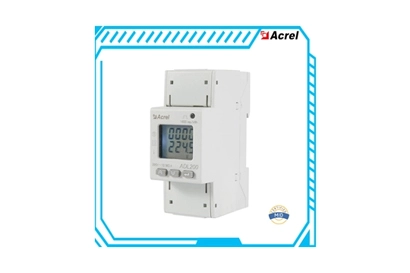
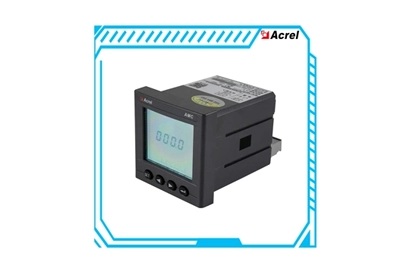
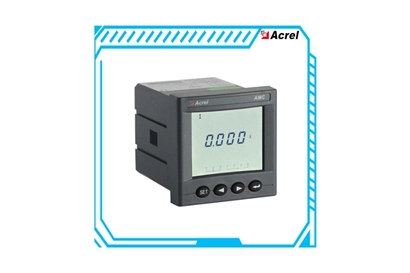
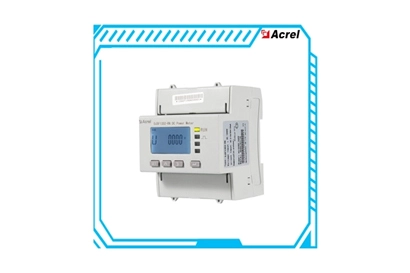
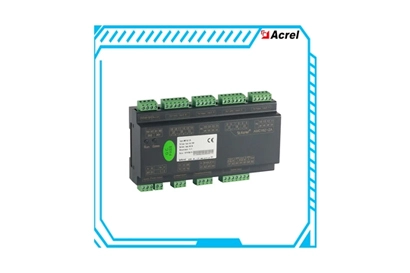
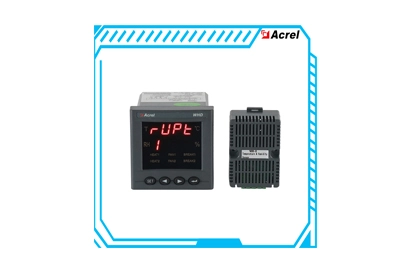
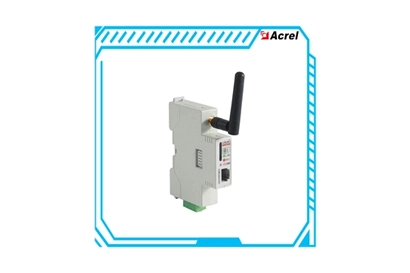

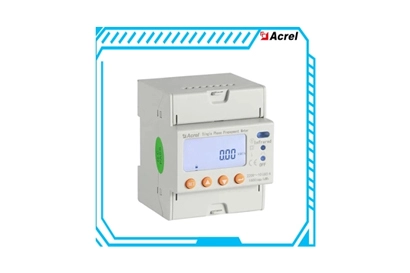

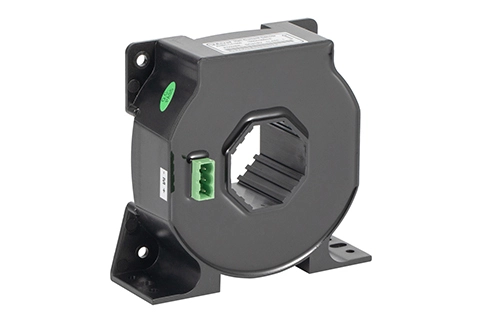




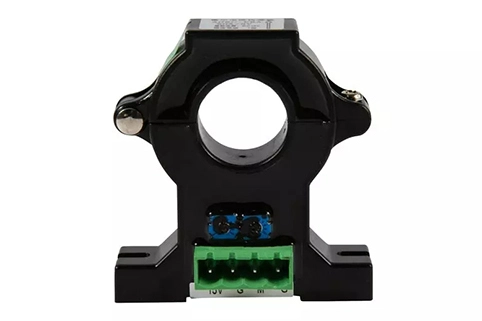
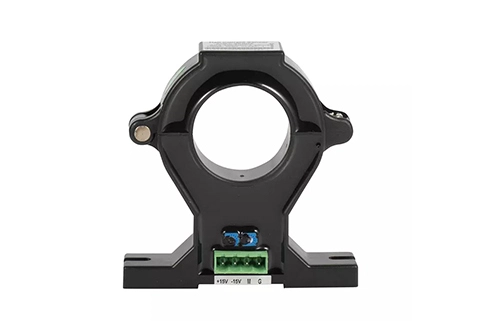








 Call us on:
Call us on:  Email Us:
Email Us:  No. 253, Yulv Road, Jiading Zone, Shanghai, China
No. 253, Yulv Road, Jiading Zone, Shanghai, China 

